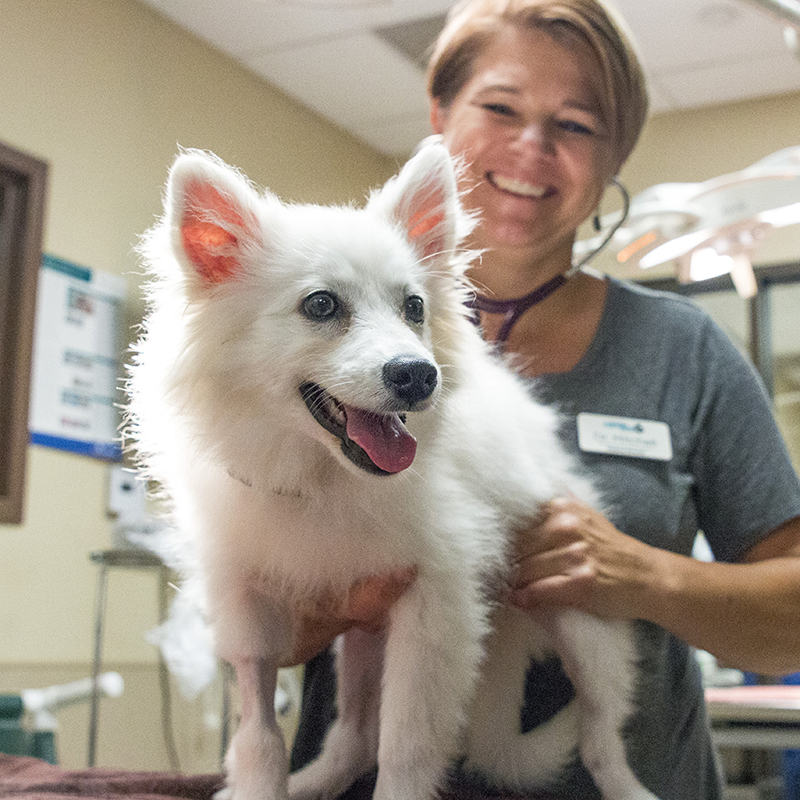News, ideas & inspiration from industry leaders

4 Tips for Optimal Medical Staffing for Shelters & Clinics
Your medical team is going through some big changes right now. With mandated social distancing measures, all procedures are taking longer, and staff has had to adapt to curbside veterinary medicine. The following tips were taken from the RACE-approved webinar, “Optimal Staffing for Shelter Medical Departments & Clinics,” featuring San Diego Humane Society’s Senior Vice President for Organizational Development, Audrey Lang, MS, SPHR, and Zarah Hedge, DVM, MPH, DACVPM, DABVP, Chief Medical Officer.
Presented in collaboration with the Association of Shelter Veterinarians, the webinar was recorded pre-pandemic. But the tips on keeping your staff functioning as efficiently and stress-free as possible are more important than ever.
How Efficiently Are You Using Staff?
Are you utilizing your RVTs to their fullest potential? “Make sure they’re doing everything they went to school for,” urge Lang & Hedge. At SDHS, for example, RVTs are doing patient re-checks—which not only frees up time for the DVMs, it increases work satisfaction for the RVTs, who get to use their skills.
You’ll also want to take a look at the workload of your DVMs—are they doing tasks that could be done by other staff (including non-medical staff)?
Rotate Difficult Surgeries
At SDHS, DVMs are encouraged not to perform difficult surgeries back-to-back. “This reduces employee time under stress and allows for recovery,” say Lang & Hedge.
Implement Alternative Work Schedules
It took two years to transition completely, but once SDHS went on an alternative schedule for medical teams—four 10-hour days instead of five 8-hour days—they saw a huge increase in staff satisfaction. “Laws vary by state on what you’ll need to do,” says Lang, so finding out your state’s requirements is the first step if you’d like to explore this option. This may include having employees waive the right to overtime for working more than 8 hours, checking with bargaining units if you’re a union house, and holding a secret ballot vote on the proposed new schedule.
Supplement Medical Team with Non-medical Staff
SDHS recently dropped the RVT requirement for their medical supervisors, reshaping the role to a non-medical one. The position is focused on administrative and operations duties. As RVTs are known to be in high demand, this has opened up the pool of qualified applicants.
More Shelter Medicine
ASV Shelter Medicine Webinar Series (RACE-approved)
4 Ways to Enhance Communication Between Medical & Behavior Teams


